LEAD SPONSORS

SPONSORS





| Download Information Brochure |
ADVANCED MATERIALS FOR DEFENCE & AEROSPACE
Introduction
Advanced Materials for Defence & Aerospace 2022 is designed as an online forum, where thought leaders and key policy-makers across the armed forces, government agencies and private organizations including R&D and academic institutions can come together for actionable discussions and debate.
Advanced materials are used in the main structure of aircraft, helicopters and spacecraft as well as and aeroengines due to their special properties in terms of their performance and applications. These include special metal alloys of aluminum, titanium, magnesium, steel, and superalloys, as well as polymers, composites and wood.
The event will focus on special materials for aerospace, shipbuilding, ballistic protection, missiles & space, weapons systems & ammunition, combat vehicles and electronics & sensors. In addition, there will be discussions on Smart Materials, Additive Manufacturing and 3D Printing for defence & aerospace applications.
Aim
This event will create a synergetic collaboration between all stake holders - Armed Forces, R&D, Industry and Academia to identify and develop a family of affordable, competitive, reliable and high-performance materials and process technologies which are relevant for defence and aerospace applications.
Disruption in Global Supplies
The disruption of supply chains across the globe due to the COVID-19 pandemic has emphasised the need for self-reliance, especially in strategic sectors and indigenous development and manufacturing of materials (including special alloys).
For domestic manufacturers, the opportunities in the defence manufacturing sector have grown over the last few years. Achieving indigenisation of some critical spares and platforms has been one of the main cogs in this growth. But, despite achieving self-reliance in spares and platforms manufacturing, India still has a large import bill of raw materials.
As per recent estimates, India imports approximately Rs 14,000 crore ($2 billion) worth of critical materials annually. Domestic production of these materials can reduce the import bill as well as decouple strategic military assets from geo-political uncertainties.
Aerospace Materials
|
Special Materials for Defence & Aerospace Alpha-beta titanium alloy Aluminium 2000, 5000, 6000, 7000, 8000 series Carbides (boron and silicon), Ceramic Matrix Composites (CMCs) Ceramics Alumina Cobalt based superalloy (UNS R30605,R30035, R30783) Cupro-nickel alloy AMS 4596-C72900 Cupro-nickel alloy AMS 4597-C72900 Cupro-nickel alloy AMS 4598-C72900 Grade 1 Aerospace grade titanium High grade silicon Iron based superalloy (UNS N08800, N08825, S66286) Maraging steel Maraging steel 200, 250, 300, 350 Nickel based superalloy (UNS N06600, N06617, N07750) Ship building steel Special grade steel 15CDV6 Special grade steel 4620, 6150, 8640 Special grade steel AISI 4130, 4140, 4330, 4340 Special grade steel MDN 174 Titanium alloy Titanium Alloy 6AL-6V-2Sn-Ti Titanium Alloy Grade 5 Titanium Alloy Ti-6Al-4V (UNS R56400) Titanium sponge Tungsten alloy AMS-T-21014, AMS 7725 Cupro-nickel alloy AMS 4640-C63000 Cupro-nickel alloy AMS 4590-C63020 Special grade steel 15-5PH Special grade steel 17-4 PH, 17-7PH Special grade steel HP-9-4-20 Special grade steel MDN 11-10 PH |
Constant pressure for greater fuel efficiency is forcing aerospace manufacturers to find ways to incorporate new and existing materials that had once been considered impractical to machine.
Forty years ago, aluminum dominated the aerospace industry. Other new materials such as composites and alloys were also used, including titanium, graphite, and fiberglass, but only in very small quantities. Times have changed. Most of the non-critical structural material now consist of even lighter-weight carbon fiber reinforced polymers (CFRPs) and honeycomb materials. For engine parts and critical components, there is a push for lower weight and higher temperature resistance for better fuel efficiency.
Aeroengines ultimately determine fuel efficiency. The challenge is to find materials that will withstand temperatures as high as 3,800°F (2,100°C). The melting point of current super alloys is around 3,360°F (1,850°C).
To meet these temperature demands, heat-resistant super alloys (HRSAs), including titanium alloys, nickel alloys, and some nonmetal composite materials such as ceramics, are now being brought into the material equation. These materials are difficult to machine. There is also a high process risk in machining aerospace parts.
Weapons Systems
Special steel grade is used for artillery gun barrel forging, known for exceptional combination of tensile strength, ductility and toughness. Breech blocks are heavy wall thickness components that require the right steel grade choice to guarantee homogenous mechanical properties throughout the component
Metal powders are used for additive manufacturing and 3D-printing of manufactured parts for armoured vehicles and artillery applications.
Missiles
Maraging or special stainless steel grades (super-austenitic), aluminum or titanium alloys are used for missile components such as casings and parts. These are supplied as tubes, fForged and closed-die forgings, rolled sheets and bars.
Critical missile components require resistance to corrosion, ductility at negative temperature, excellent weldability and mechanical properties, and extra low or high temperature resistance.
The wide operational temperature range, from cryogenic temperatures to 1100 K, enables this steel to outperform aluminium and carbon fibre structures.
Composites
Composite materials reduce weight and increase fuel efficiency while being easy to handle, design, shape, and repair. They can be used for wing and fuselage skins, engines and landing gear. Pre-formed one piece composite components - lightweight and strong - reduce the number of heavy fasteners and joints.
Ceramic-matrix composites (CMCs), which are emerging in practical use after decades of testing, offer low density/weight, high hardness and, most importantly, superior thermal and chemical resistance.
Smart Materials
Smart materials, also known as intelligent or responsive materials, are used in a variety of applications such as sensors, transducers, artificial muscles and electrically activated polymers (EAP).
Additive manufacturing
Additive manufacturing innovations are being utilized to increase the current level of capability and reduce the cost of parts, in order to deliver greater operational flexibility and further enhance the defence industrial base. Utilizing additive manufacturing technologies to improve military readiness
3D Printing
3D printing and its integration of 3D printing onto military structures and weapons systems can bolster materiel readiness. 3D printing materials and processes give military commands and defence agencies the opportunity to modernize their supply chains at scale, increase the size, weight and power (SWAP) of their platforms/weapons systems and enable efficient replacement of parts in a shorter time frame.
Indian Scenario
India continues to develop metallic and composite materials with ever-increasing performance, but there are only a few serious players. New companies are accelerating this evolution of new materials, advancements in machining and cutting technology give manufacturers unprecedented access to materials previously deemed impractical or too difficult to machine. New material adoption is happening exceptionally quickly in aerospace.
Future Scope
Aluminum alloys still lead in aerospace materials but their share in the aerospace materials is expected to decline in future owing to the increasing use of composite materials.
Some advanced materials are already well known as groups like polymers, metal alloys, ceramics, semiconductors, composites and biomaterials. Even more impressive product groups like carbon nano materials, activated carbon, titanium and others are expected in the future. Other areas of new materials research include spintronics, amphiphilic materials, superconductors and advanced engineering polymers.
DUMMY VIRTUAL EXHIBITION BOOTH:

Friday, 8 April 2022
SESSION 1 – INAUGURAL SESSION (0930 – 1030 hrs)
Welcome Address Lt Gen Sunil Srivastava, AVSM, VSM**, Retd, Director, Centre for Joint Warfare Studies
Inaugural Address Vice Adm Sandeep Naithani, AVSM, VSM, Chief of Material, Naval HQ.
Special Talk. Dr Anil Kumar, Technology Director HTCC, Advanced Systems Laboratory.
Industry Persp Col KV Kuber, Retd, Director Defence & Aerospace, Ernst & Young.
SESSION 2 – AEROSPACE MATERIALS (1040 – 1230 hrs)
Chairperson: Dr K Vijayaraju, Outstanding Scientist, Aeronautical Development Agency
1040 – 1050 hrs Introductory Remarks by the Chairman.
1050 – 1105 hrs ”Material Intelligence Solutions: From Selection to Management.” Bharat Panjwani, Lead Technology Specialist, Ansys.
1105 – 1120 hrs “Computational Material Engineering Trends for Composites in Aerospace & Defence” Soumik Chakrabarty, Manager – Indo-Pacific Business Devp, Materials, Hexagon.
1120 – 1135 hrs “SMPP’s Boron Carbide Ceramics for Armor Aplications” Ashish Kansal, Exec Dir, SMPP.
1135 – 1150 hrs “Ceramic matrix composites for aerospace applications” Dr. Sarabjit Singh, Sc F, DMRL.
1150 – 1205 hrs "Overcoming challenge of special materials for aero engines." Dr S Ramachandra, Scientist G, Gas Turbine Research Est, DRDO.
1205 – 1220 hrs Discussion / Q&A.
SESSION 3 – MATERIALS FOR MISSILES, ARTY GUNS AND NAVAL WARSHIPS (1230 – 1400 hrs)
Chairman: Rear Adm M Nirmal Menon, DG Naval Design, Submarine Design Group. Naval HQ.
1230 – 1240 hrs Chairman's Opening Remarks.
1240 – 1255 hrs “Tungsten Heavy Alloys” Vinay Chilakapati, Founder MD, Innomet Advanced Materials.
1255 – 1310 hrs "Material challenges in the development of Dhanush” Dr PS Bandopadhyay, IOFS.
1310 – 1325 hrs "Add-on armour and composited for armoured vehicles” Dr. P Rama Subba Reddy, Scientist F, DMRL
1325 – 1340 hrs "Special steels and materials for ships and naval applications" Dr. R. Balamuralikrishnan, Sc G, DMRL.
1340 – 1400 hrs Discussion/ Q&A.
SESSION 4: ADDITIVE MANUFACTURING & 3D PRINTING (1430 – 1615 hrs)
Chairman: Brig Manoj Upreti, Deputy Director General (T & WS) Army Design Bureau
1430 – 1440 hrs Chairman's Opening Remarks.
1440 – 1510 hrs Presentation by Reghuprasad R, National Manager Marketing, EDS Technologies and
Joe Ajay, Business Development Manager, EOS Global.
1510 – 1525 hrs “Graphene: Next Generation Additives” Foo Chwan Chieh, 2D Materials.
1525 – 1540 hrs Somik Bhattacharya and Arpan Ghosh, ARK Infosolutions.
1540 – 1605 hrs 3D Printing, Smart Materials and Future Manufacturing in Aerospace & Defence Applications” Wg Cdr Anupam Tiwari, REB (E), 19 Wing, IAF.
1605 – 1615 hrs Q&A/ Discussion.
SESSION 5 – SMART AND FUTURE MATERIALS (1630 – 1725 hrs)
Chairman: Maj Gen Tejinder Jaggi, Commander HQ Technical Group EME
1630 – 1640 hrs Chairman's Opening Remarks.
1640 – 1655 hrs “Smart memory alloys.” Dr Ajit Behera, Asst Prof in Metallurgical & Material Engg, NIT Rourkela
1655 – 1710 hrs "Smart Materials for Defence Applications" Dr Himalaya Basumatary, Scientist E, DMRL, DRDO.
1710 – 1720 hrs Closing Remarks: Lt Gen Sunil Srivastava, AVSM, VSM**, Retd, Director CENJOWS
1720 – 1725 hrs Vote of Thanks: Maj Gen Ravi Arora, Retd, Chief Editor, Indian Military Review.
Saturday, 9 April 2022
Video Rebroadcast of Proceedings of 8 April 2022. Exhibition Open.

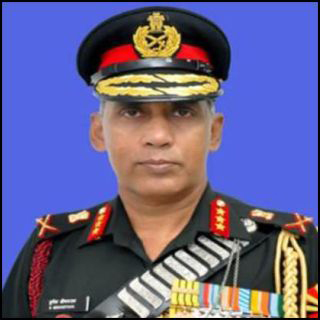
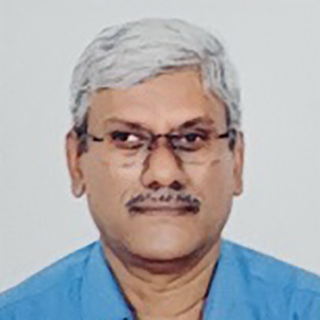
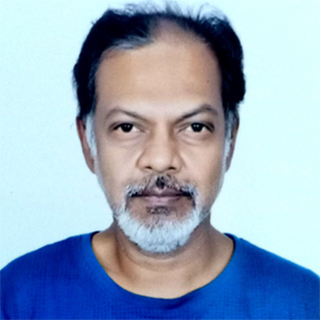
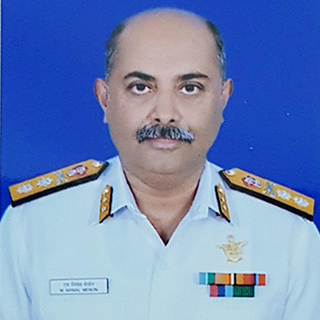
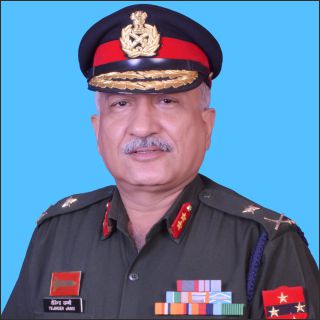
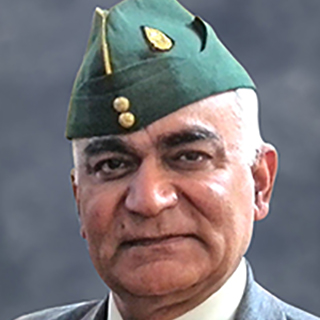

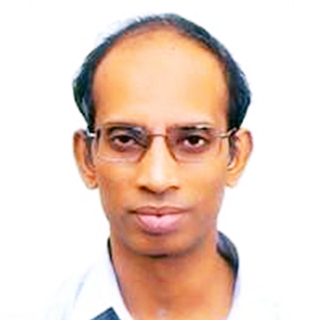
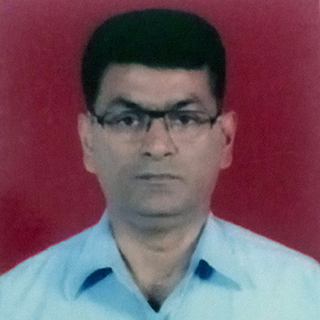
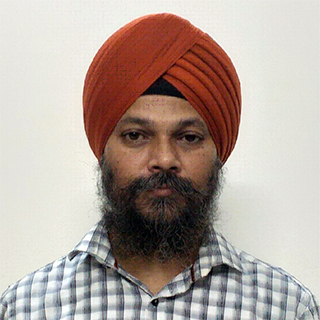

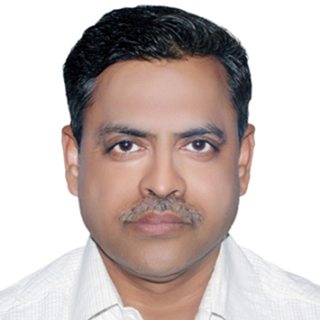
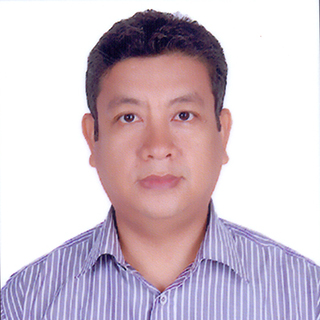

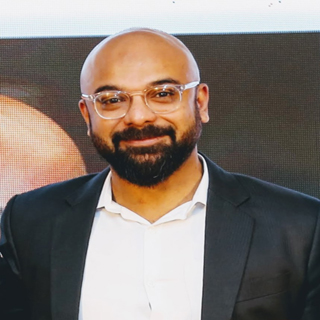
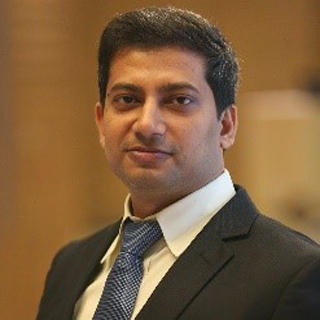


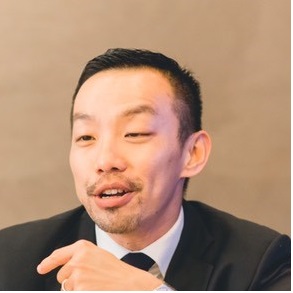
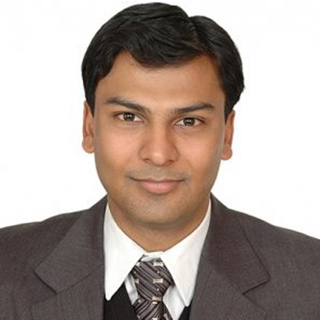
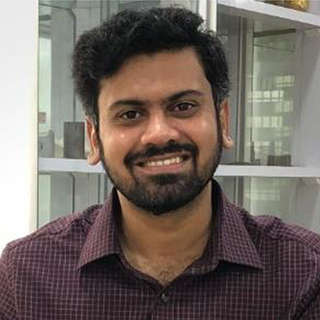
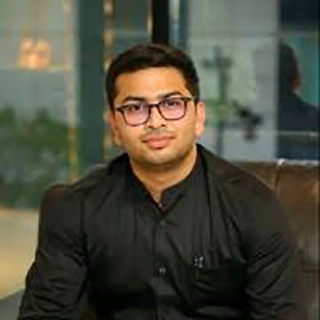
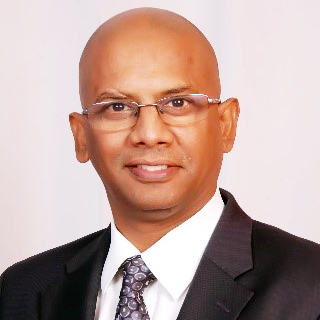
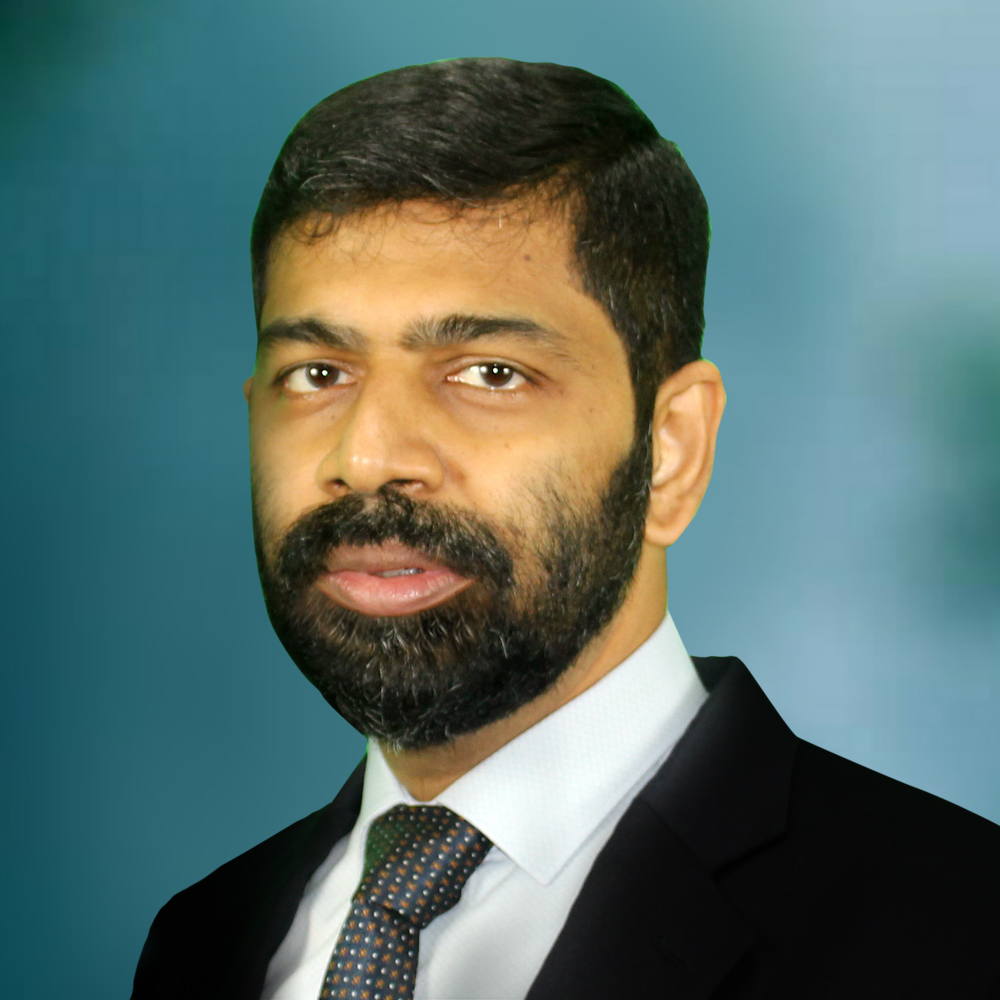
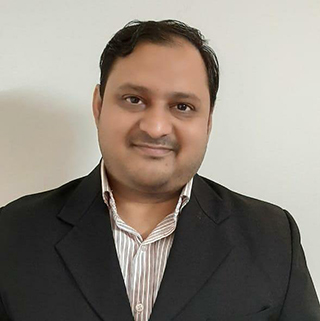
For Registered Users and Valid Pass Holders
Log-in with username "guest@mail.com" and password "guest"
If not already registered, buy a pass now from the options below.
